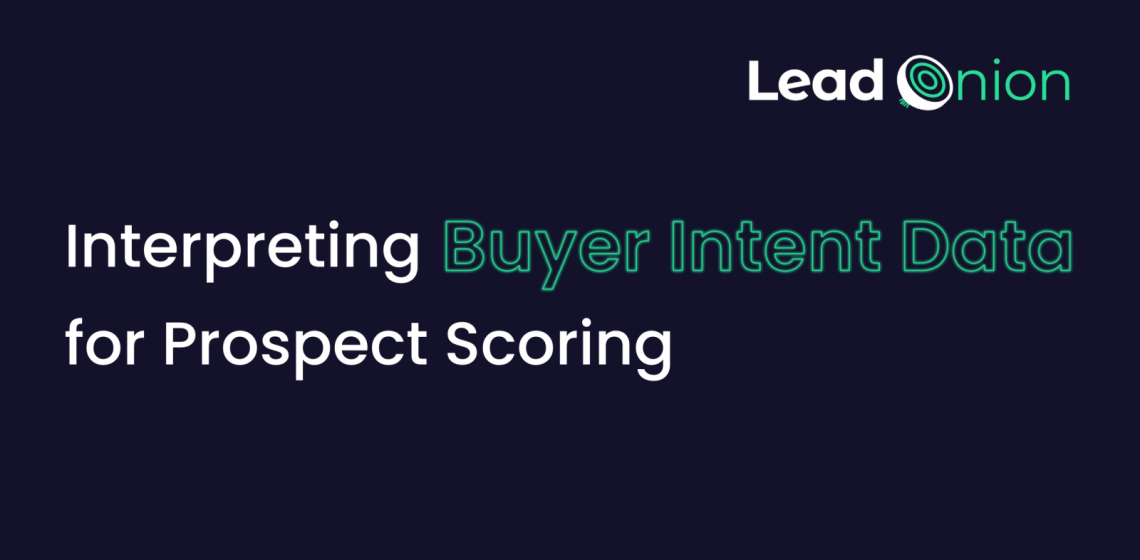Once you’ve subscribed to a Buyer Intent engine and data begins filling your dashboard, it’s knowing how to interpret it that will prepare you for making a strategy.
With only 46% of sales professionals using data insights to gauge when a customer is ready to buy, there’s an opportunity to use your data to your advantage in getting ahead of your competitors.
But tracking the signals of your B2B prospects is easier said than done, especially if you are unsure what you are looking for. Here are the key considerations you should bear in mind when scoring your prospects and their interactions.
Recency
Recency is an invaluable aspect of your Buyer Intent and you need to strike when the iron is hot. Unlike static data lists,Buyer Intent data should be current and up-to-date, and to get that information, you need buyer intent data which shows how recently a prospect has engaged with your content, competitors or industry.
With Buyer Intent, you can rely on the recency of your intent data to steer your sales team into pitching the right people at the right time.
Frequency
Frequency is an important benchmark for indicating your buyer intent. If a prospect is often viewing your website, your competitor’s website or review sites, you can guarantee they’re in buying mode. In other words: it’s sales time.
Engagement
Last but not least, engagement is a key metric for judging when a prospect is interested in your product or service.
The style of engagement, whether it be blog comments, chatbot conversation or direct messages – will give you deeper insight to the intention behind their engagement.
They say all good things come in 3's. So does Buyer Intent sound like what your business needs?


.png)